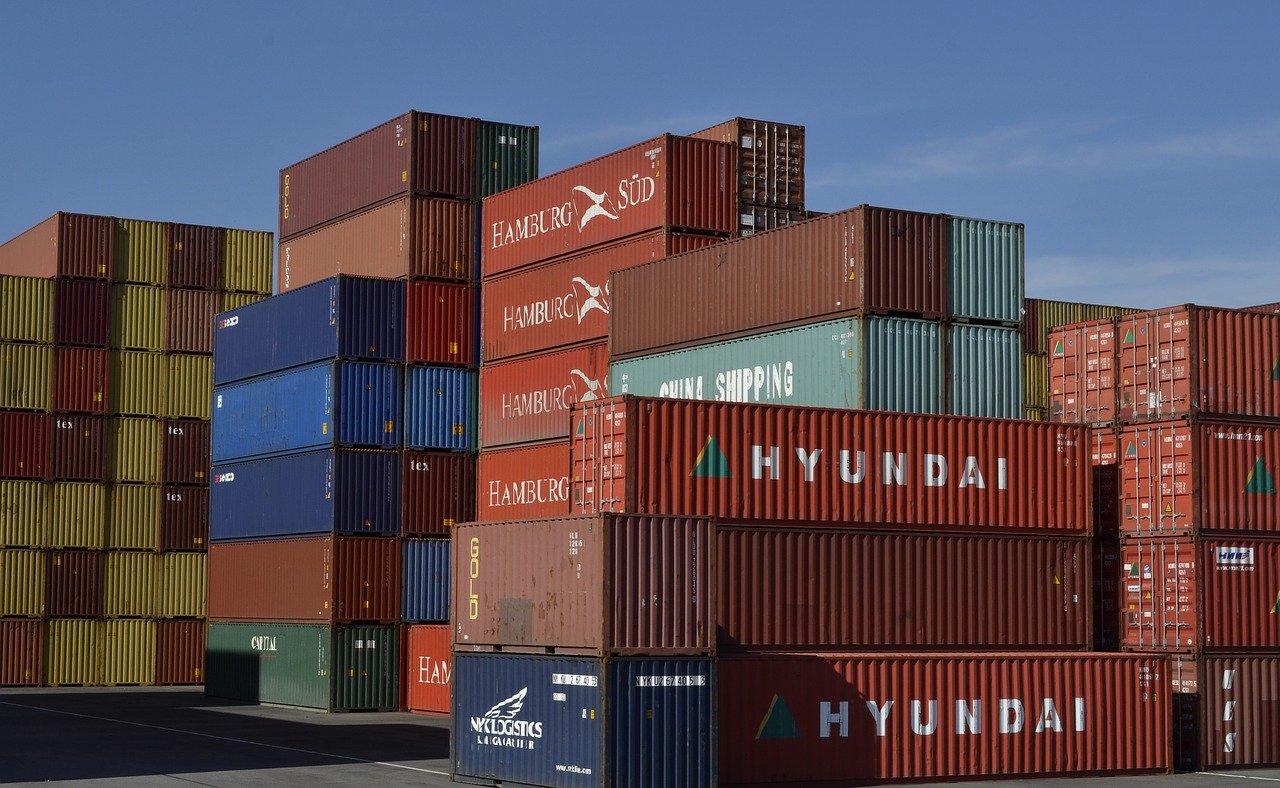

Transcontinental railroads arrived in Seattle in 1893, and within 20 years Seattle had become the largest port on the West Coast and the third largest port in the U.S. after New York and Philadelphia. For decades, Puget Sound dominated West Coast shipping and the ports, and the ancillary activities of shipbuilding, dominated Seattle’s economy.
But the growing markets of California, and the prospect of shipping directly to millions of customers, began to chip away at the Puget Sound ports’ competitive advantage in shipping time to Asia. The ports of Seattle and Tacoma kept up, were early adopters of containerization and maintained their advantages shipping into the interior of the country. The Ports of Seattle and Tacoma began an operating partnership in 2015, the Northwest Seaport Alliance, and Puget Sound remains the fourth largest gateway in North America, after Los Angeles/Long Beach, New York/New Jersey and Savannah.
Figure 1 shows the growth in container traffic through the primary West Coast ports since 1990. Containers are measured as “twenty-foot-equivalent units” (TEUs). Most containers we see are 40-foot boxes which counts as two TEUs.

Total container shipping through these ports has nearly quadrupled. The ports saw a sharp drop during the Great Recession, and saw a drop-off in 2019, as trade tensions with China cut back on container volumes. But there has been a shift in cargo shares in favor of both the California ports and the Canadian ports. Figure 2 shows the shares of container trade moving through major load centers. (About 2.5 million TEUs, or 8 percent of all West Coast trade, move through smaller ports that mostly serve local markets)

The Southern California ports increased their share of West Coast traffic from 51 percent to 61 percent, while Oakland saw its share fall from 15 percent to 9 percent. Meanwhile, the Canadian ports saw their share grow from 5 percent to 17 percent. The growth in Southern California and Canadian ports came, to some extent, at the expense of the Puget Sound ports, which saw their share of West Coast container traffic cut in half, from 29 percent to 14 percent.
The combination of trade disputes and the pandemic have lowered container volumes in and out of the Puget Sound ports in 2020. Figure 3 shows monthly container volumes for 2019 and 2020, and shows national intermodal rail container traffic (read on right scale). One intermodal rail car usually holds four TEUs.

International traffic had already dropped in the first part of the year (March shipments would have been minimally affected by shutdowns) and was considerably down by May. International shipments saw some rebound in June and July. The big test will be September, when holiday season merchandise is flowing at its peak.
Shipments to and from Alaska and Hawaii have not changed much during the pandemic. This is consistent with the general pattern in the country, with sales of non-durable goods growing and sales of the kinds of durable goods that would ship in a container, not dropping a great deal.
Looking Ahead
Ports around the world have worked to keep up with changes in the shipping industry. As ships get larger and larger, port facilities must be upgraded with new cranes that can reach across those ships. The Port of Seattle plans to upgrade Terminal 5 in West Seattle to accommodate the latest generation of ships.
